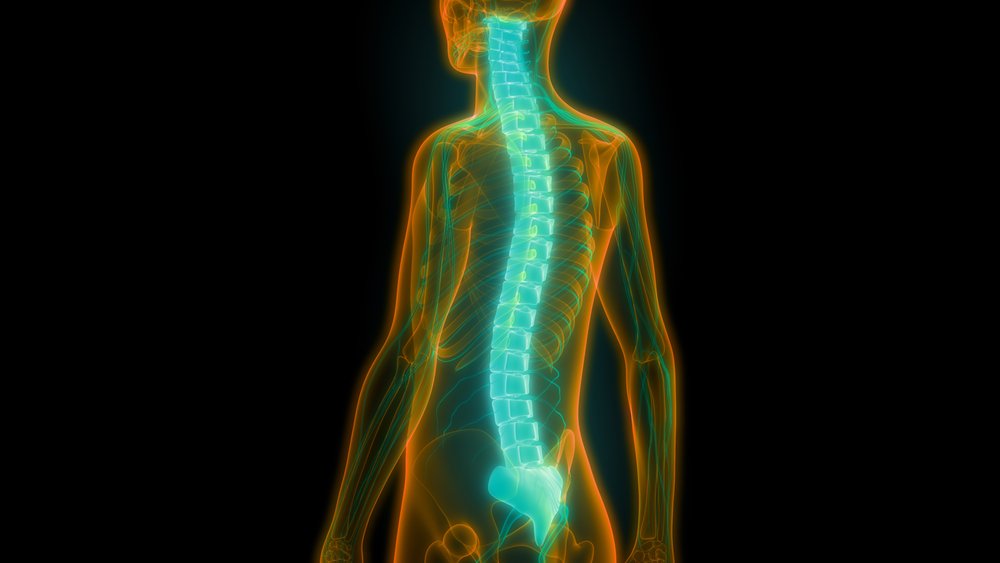Loss of Spinal Cord Neurons May Not Be a Good Predictor of MS Disability, British Study Finds
Written by |

Loss of spinal cord neurons may not be a reliable tool to predict disability in patients with multiple sclerosis (MS), contrary to what was originally thought, according to researchers at Queen Mary University of London.
Their study, “Axonal loss in the multiple sclerosis spinal cord revisited,” appeared in the journal Brain Pathology.
People with MS progressively lose neurons in the spinal cord due to myelin loss. Doctors usually use magnetic resonance imaging (MRI) to assess the spinal cord’s cross-sectional area (CSA) to predict disability based on the level of neuronal degeneration.
According to the study, however, researchers have never investigated the link between CSA and neuronal loss — and in turn their correlation with myelin loss — using patient post-mortem tissue samples.
The team analyzed 396 spinal cord samples collected from 13 MS patients who had been sick an average of 29 years, along with five healthy individuals, to assess neuronal density and its association with myelin loss and CSA. The analysis included measurement of total CSA, spinal cord areas, gray matter, white matter, myelin loss and the number of neurons within spinal cord areas.
They observed that in MS samples, CSA loss at cervical, thoracic and lumbar levels ranged from 19 to 24 percent. In these areas, the level of white matter loss (19–24 percent) and gray matter loss (17–21 percent) was similar. Neuronal density was 57 to 62 percent lower in the spinal cord samples of MS patients than of healthy individuals. Myelin loss affected 24 to 48 percent of gray matter, especially at the thoracic level, and 11 to 13 percent of white matter.
Importantly, disease duration was associated with fewer neurons, but not with spinal cord CSA. Researchers found a significant link between myelin loss and decreased neuronal density.
“The lack of association between [neuronal] loss and spinal cord cross-sectional area significantly changes our understanding of chronic disability in MS,” Klaus Schmierer, the study’s senior author, said in a news release.
“In spinal cord trauma, people with less than 10 percent of their spinal cord axons may still be able to have useful lower limb movement, but in MS, patients with as much as 40 percent of their axons retained, as shown in our study, are almost invariably wheelchair-bound,” Schmierer said. “So there is clearly something happening here which we’ve yet to understand.”
The team believes other factors play a role in causing chronic disability among MS patients.
“The nature of the spinal cord as a highly organized and largely autonomous network needs to be appreciated,” he said. “We need to identify other factors which — over and above axonal loss — determine the collapse of the spinal cord network and lead to the functional deficits seen in MS.”





